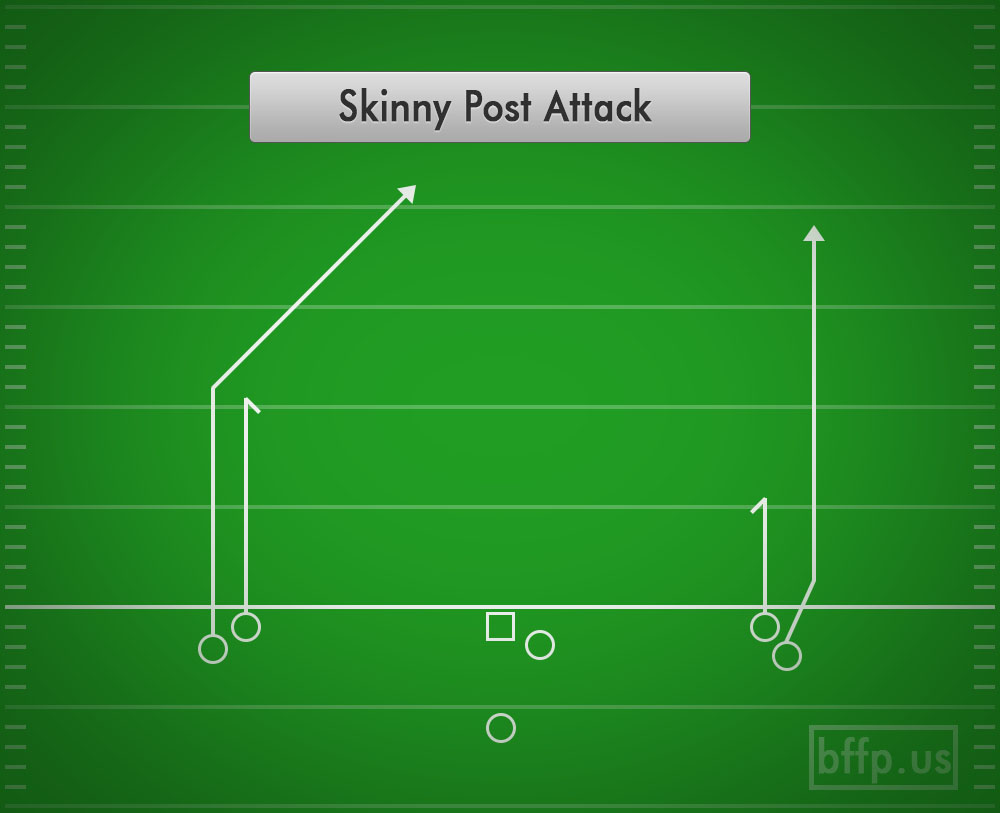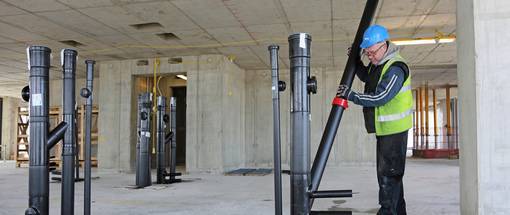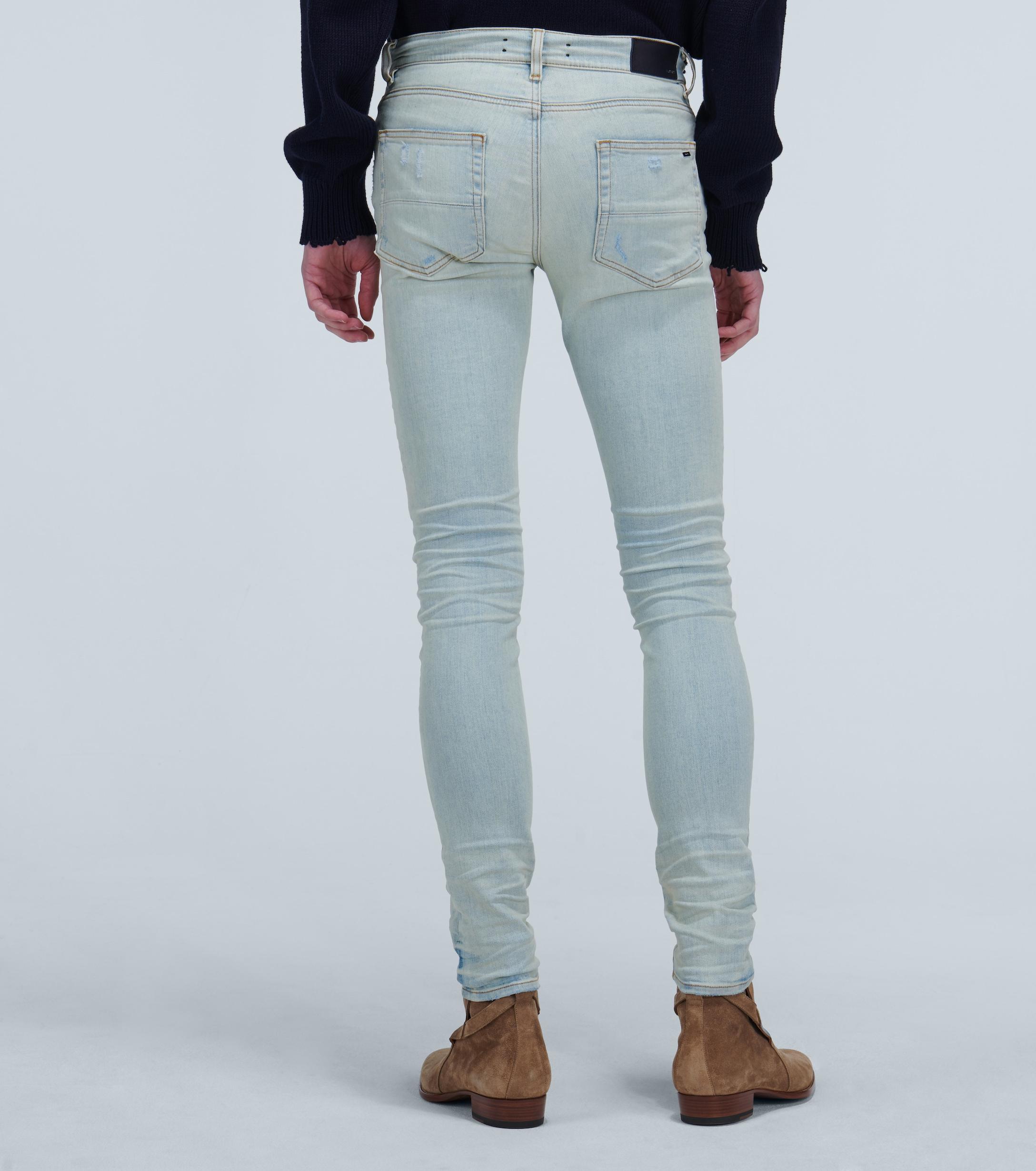
While I’m a deli-container evangelist (more on that below), I have a smattering of Pyrex glass containers that have been with me, traveling from apartment to apartment, for nearly a decade. Material: Glass containers, silicone lids | Shapes: Mix | Sizes: Mix Here, I detailed my own favorites and consulted 15 experts (people who cook a lot and keep their kitchens together) to find out what they use to store dry goods, prepped foods, and leftovers. The point is, having the right mix has made my pantry and refrigerator so much easier to navigate and food less likely to spoil. Instead, I opt for a collection of food-storage containers that are efficient for my own way of cooking: many that nest tightly in my cramped cabinet, some that clean up especially well for messy leftovers, others that can go in the freezer, and a wide range of sizes overall so I can keep everything from salad dressing to a whole batch of brownies. That said, the Home Edit–style decanting of absolutely all food into clear boxes and jars is not my thing (and, practically speaking, is pretty unnecessary). If your rhubarb variety naturally has medium or slender stalks, and it’s also overgrown and needs to be divided, it might make your stalks seem significantly more spindly than they should be.I consider myself a pretty organized person (especially in the kitchen, which I use more than any other room in my apartment). In the end, it could very well be a combination of factors causing your rhubarb to be thin and spindly.


Meanwhile, Canada Red will yield tasty yet more slender stalks. It’s possible that your rhubarb is one of the thinner-stalked varieties, as some types of rhubarb have thicker stalks than others.įor example, Cherry Red, Riverside Giant (green variety), and Mammoth Red will all produce very thick, succulent stalks. The variety of rhubarb you’re growing has naturally thinner stalks The best time to fertilize rhubarb is in early spring before the main growth starts. Avoid applying fertilizer directly on the crown (central part) of your rhubarb plant. Any all-purpose fertilizer will work, whether it’s a 4-4-4 organic fertilizer or a conventional 24-8-16 liquid plant food.įor example, a 10-10-10 all-purpose fertilizer can be applied at 1/2 cup per plant, worked into the surrounding soil. If you’ve eliminated the possibility of your rhubarb being overgrown or too young, apply fertilizer around the base of your rhubarb. Nitrogen is important for stem and leaf growth, while potassium is important for, among many things, growing stronger stems and branches. Nitrogen or potassium deficiencies can cause stalks be thin and sparse.

Your rhubarb is lacking nutrientsĪnother reason why your rhubarb stalks are on the thin side is that they are lacking enough nutrients. This rule applies to newly divided rhubarb plants as well. A rule of thumb is that it takes about 2 years before a rhubarb plant is established and grows out full-sized stalks. The second most common reason for thin rhubarb stalks is that your rhubarb plants are too young. Your rhubarb is too young and needs time to get established When dividing rhubarb, each new plant should have a good amount of roots attached in order to ensure it survives transplant shock. Rhubarb should be divided every 6 years or so, and it should be done in fall or very early spring. It seems counter-intuitive, but for rhubarb, a massive plant is the same problem as overcrowding with other plants (which is another cause of thin stalks).īy digging up and dividing your overgrown rhubarb, and replanting each new plant separately, you’re giving extra breathing room for your rhubarb. The most common reason for rhubarb having thin, spindly stalks is that the plant itself has gotten too large and mature. Your rhubarb is getting too large and needs to be divided



 0 kommentar(er)
0 kommentar(er)
